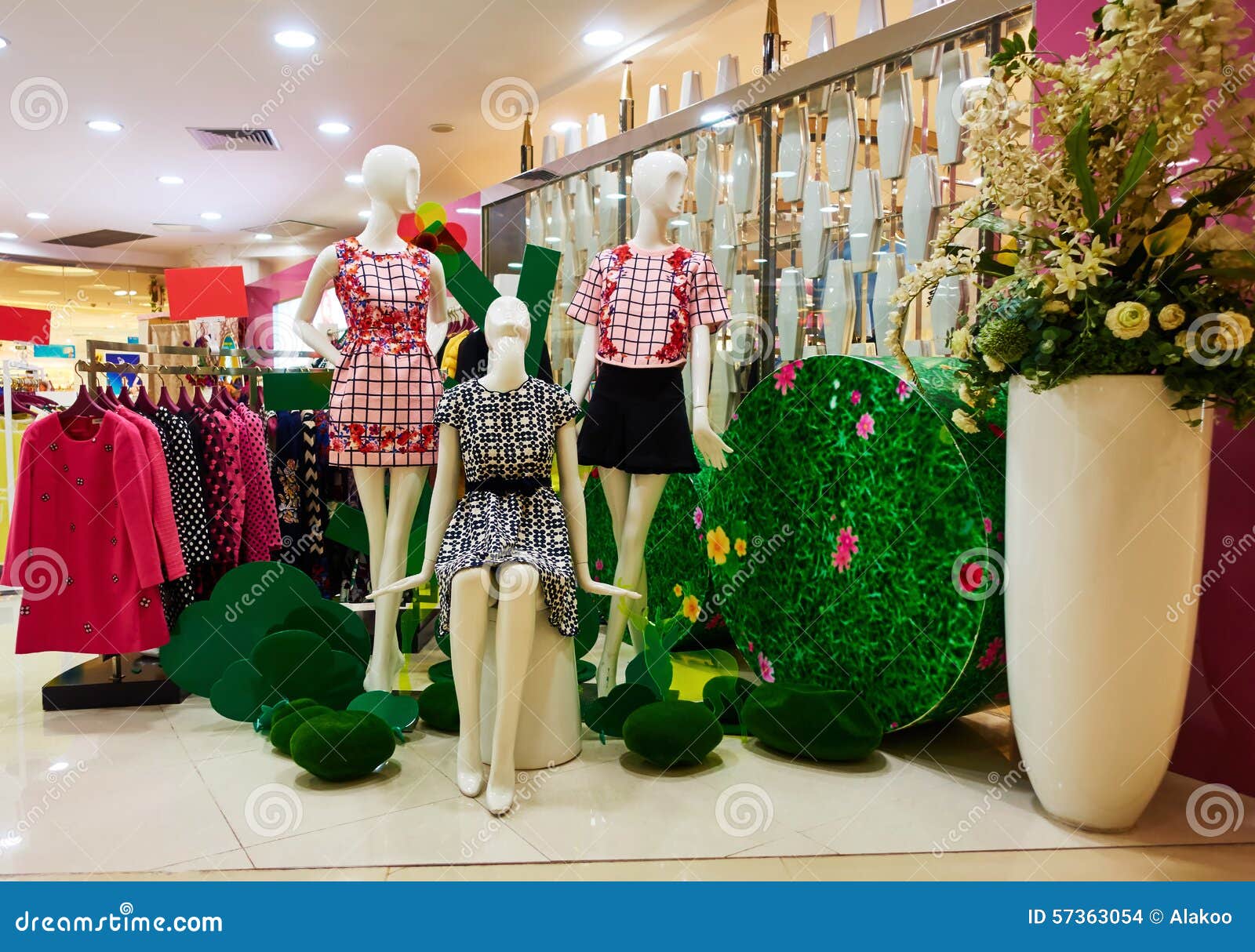The Surge of Online Buying: Searching For Boutique Fashion at Your Fingertips
The Surge of Online Buying: Searching For Boutique Fashion at Your Fingertips
Blog Article
A Deep Study the World of High-Fashion Runways: Comprehending Clothes as Art
Designers, a lot like masterful artists, weave intricate stories with color, textile, and type, testing typical standards and redefining charm standards. As we discover these sartorial spectacles, we must ponder: what function does fashion play in forming societal worths, and how does it mirror the ever-changing tapestry of human emotion and identification?
The Development of Runway Shows
The trajectory of path shows has actually transformed significantly over the years, evolving from special industry events to exciting spectacles that mix fashion with art. Generally, runway programs made love affairs, kept in ateliers or small places, mainly participated in by purchasers and market experts. These early presentations concentrated on the garments' craftsmanship and business viability, using a direct and functional screen of seasonal collections.
As the style market increased, the nature of path programs started to transform. The 1970s and 1980s noted a transforming factor, with developers looking for to identify themselves via even more staged discussions.
In the last few years, modern technology and social media have further revolutionized runway shows, making them accessible to a worldwide audience. Livestreaming and digital platforms have actually equalized style, enabling lovers worldwide to witness these events in real-time (boutique fashion). This evolution mirrors a more comprehensive social shift, where high-fashion runways function as a vibrant intersection of efficiency, development, and design
Designers as Visionary Artists
Designers in the high-fashion sector have obscured the lines in between practical garment creation and the conceptual world of art. By embracing imaginative disciplines such as sculpture, paint, and avant-garde installations, developers craft garments that challenge standard style norms and raise them to art forms.
Visionary designers attract inspiration from a myriad of resources, consisting of abstract art, historical recommendations, and individual narratives. They possess an one-of-a-kind ability to picture and materialize ideas that press the borders of conventional style, often redefining aesthetic standards in the procedure. This creative resourcefulness is showcased via dramatic silhouettes, ingenious products, and complex craftsmanship, which invite customers to experience style as even more than simply wearable items.
Furthermore, the path offers as a canvas for these musicians, where lighting, music, and set style coalesce to produce immersive experiences. These presentations are not simply display screens of clothing however are managed efficiencies that stimulate feeling and prompt idea, affirming the designer's role as a true artist in the contemporary cultural landscape.
Cultural Influences in Fashion
Cultural tapestry weaves its intricate patterns right into the textile of style, influencing designers globally. The vibrant interchange of social stories, customs, and icons notifies and influences collections that grace high-fashion runways.
The impact of culture on fashion is usually seen in the reinterpretation of typical garments and patterns. The use of Japanese robes, Indian saris, or African prints in modern fashion mirrors a blend of cultural authenticity and modern-day aesthetic appeals. Developers such as Valentino's Pierpaolo Piccioli and Alexander McQueen's Sarah Burton have been known to include rich social concepts into their couture collections, equating history into wearable art.

Innovation in Fabric and Design
Development in material and style constantly improves the landscape of high-fashion, pushing limits and redefining opportunities. In the last few years, technological developments have actually substantially added to this advancement, presenting products that challenge conventional understandings. Textiles embedded with smart fibers, qualified of transforming shade or controling temperature, are no longer confined to the world of scientific research fiction. Designers are increasingly exploring the integration of modern technology, such as 3D printing, which permits the development of complicated structures that were formerly unthinkable.
The fashion market is observing a surge in the usage of eco-friendly materials, acquired from recycled plastics, natural fibers, and even naturally degradable parts. Designers are accepting these products to craft garments that are both aesthetically striking and conscious of their eco-friendly footprint.
In terms of style, speculative kinds and progressive silhouettes are continuously reinventing the path. By including sophisticated techniques and non-traditional materials, anonymous designers cultivate garments that blur the line between fashion and art, setting new requirements for creative thinking and expression in the high-fashion ball.
Influence of Style on Culture
Fashion possesses a profound influence on culture, serving as both a representation of social identity and a stimulant for social modification (boutique fashion). Through its advancement, style has mirrored social shifts, enveloping the zeitgeist of different eras.
In addition, style has the power to bridge cultural voids, fostering understanding and appreciation amongst diverse teams. As globalisation increases, the cross-cultural exchange of style ideas comes to be significantly considerable, advertising inclusivity and diversity. The surge of streetwear, originating from city subcultures, shows just how fashion can go beyond socio-economic boundaries, providing individuals a method of self-expression and empowerment.
In essence, style is not merely regarding visual appeals; it is a vibrant force over at this website that influences worths, attitudes, and social progress (boutique fashion). By constantly interacting with cultural and social currents, style remains an integral part of the cumulative human experience

Conclusion
High-fashion runways act as dynamic fields where garments goes beyond capability to come to be a meaningful art kind. Designers, comparable to visionary musicians, coordinate collections that mirror identification, feeling, and social stories, testing typical visual appeals. The fusion of innovative fabric and design, coupled with you can look here elaborate set layouts, lights, and songs, develops immersive experiences that commemorate cultural diversity. This intersection of style and virtuosity not only captivates audiences globally but likewise influences social assumptions and advertises a much deeper recognition for cultural diversity.

Cultural tapestry weaves its detailed patterns into the material of fashion, affecting designers around the world.Style possesses a profound impact on culture, serving as both a representation of cultural identity and a catalyst for social adjustment.
Report this page